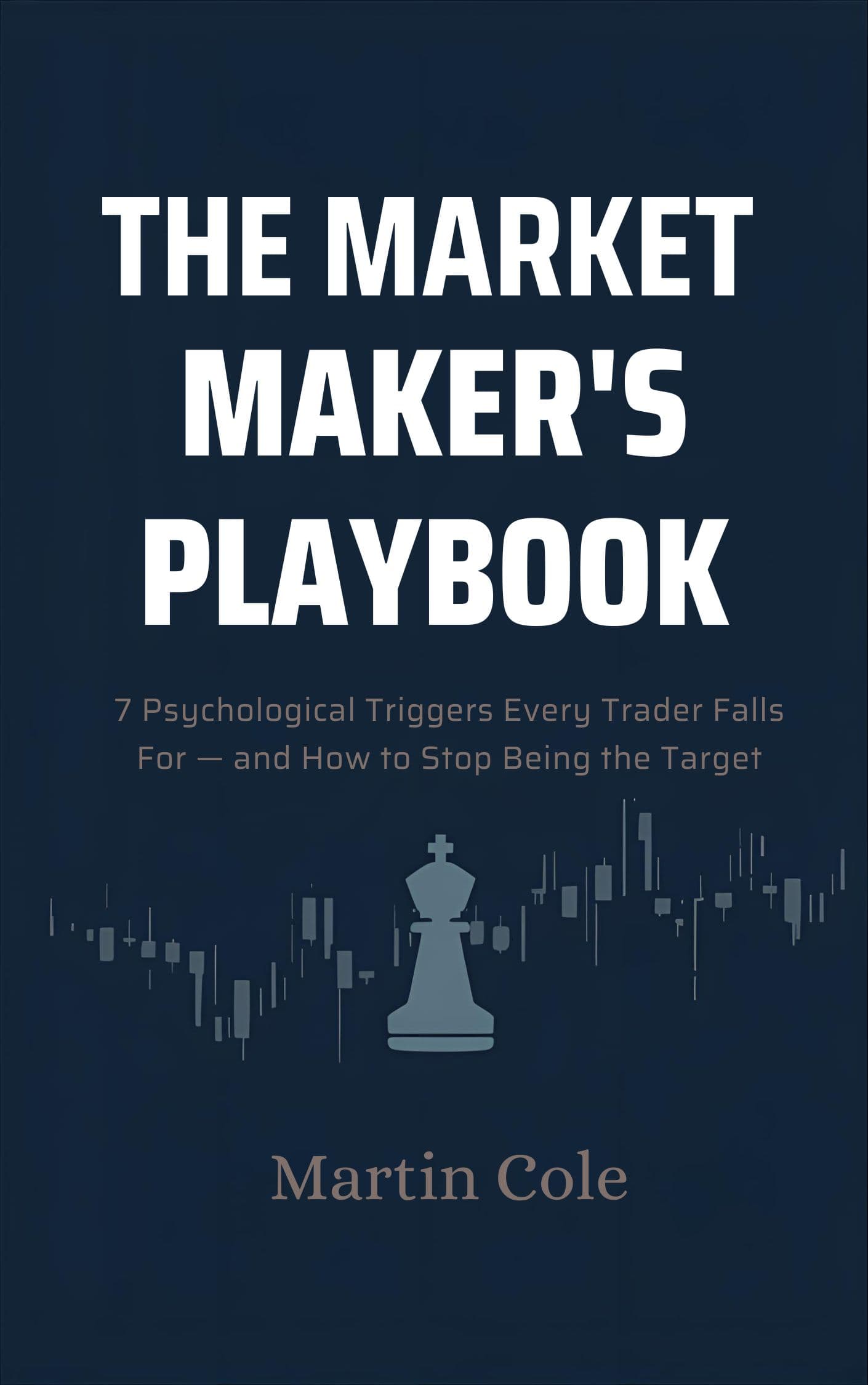Why Retail Traders Lose: Belief Before Buy
8 min read • January 15, 2025
Here's the uncomfortable truth: the market doesn't move on fundamentals, news, or technical patterns. It moves through the AMD cycle. And by the time most retail traders see the move, Accumulation has already happened—they enter during Manipulation and get trapped.
The AMD Cycle: Why Retail Loses
Every market move follows the same AMD cycle:
- Accumulation: Institutional players position themselves quietly based on structural opportunity. Retail hesitates.
- Manipulation: Price tests boundaries, hunts stops, creates confusion. Retail gets shaken out or enters prematurely.
- Distribution: The real move happens. Retail finally enters, convinced it's "confirmed." Institutions exit into retail buying.
- Reversal or exhaustion: Early players (who accumulated) exit into retail buying. The move stalls or reverses.
The Retail Trap
Why This Happens
Most traders wait for confirmation. They want to see the breakout, the momentum, the volume spike. They want to know the move is real before committing.
The problem? By the time you "know," everyone else knows too. You're no longer trading an opportunity—you're chasing a consensus. And consensus is where the smart money exits.
The Psychology of Late Entry
Fear keeps you out early. FOMO pulls you in late. You watch price climb, convincing yourself "It's too late" until the momentum is undeniable. Then you enter—right as the move is exhausting.
This isn't a character flaw. It's human nature. The market is designed to exploit this pattern.
Reading the AMD Cycle, Not Reacting to It
The traders who win consistently don't wait for confirmation. They read which AMD phase is active and position themselves during Accumulation—before Distribution arrives.
How? By watching AMD structure, not price. Specifically:
- Where is accumulation forming? (The Floating Zone shows you underlying strength before it's obvious.)
- Where does the crowd think the boundaries are? (The Ray lines reveal perceived support and resistance.)
- Is belief being tested or confirmed? (Pressure Points show Manipulation phase activity in real time.)
The Institutional Advantage
Market makers and institutional traders don't wait for breakouts. They create them. They accumulate quietly (Accumulation phase), then manipulate price to where retail conviction clusters (Manipulation phase). When the crowd enters, they distribute into that buying (Distribution phase).
This isn't manipulation in a conspiracy sense—it's the AMD cycle. The market rewards understanding the cycle and punishes those who ignore it. Always.
Example: The False Breakout (Manipulation Phase)
Price consolidates at a resistance level. Retail traders place buy-stop orders just above, expecting a breakout. Market makers see this clustering and push price just high enough to trigger those stops—then reverse.
Retail bought the "breakout" during the Manipulation phase. Institutions distributed into that buying. The move reverses, stops get hit, and retail loses. Again.
How to Position Yourself Differently
The solution isn't to predict the future. It's to read which AMD phase is active. Specifically:
- Enter during Accumulation: Look for setups where institutional players are positioning quietly, before Distribution is obvious.
- Confirm with AMD structure: Don't trust your gut. Use objective markers (Floating Zone, Pressure Point confirmation, Whale markers).
- Exit during Distribution: When the crowd is convinced and momentum is peak, that's Distribution—your exit signal, not your entry.
Final Thought
The market isn't random. It's the AMD cycle repeating. The crowd loses because they miss Accumulation and enter during Distribution. The winners position themselves during Accumulation—and exit during Distribution when the crowd arrives.
You can't change the AMD cycle. But you can learn to see it and trade with it.
Continue your path

Free Download: The Market Maker's Playbook
Learn the 7 psychological triggers market makers use to trap retail traders—and how to stop being the target.
Free instant download. No spam, ever.